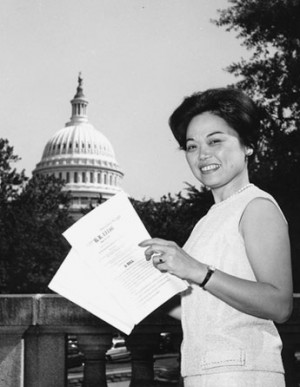In California, January 30 was officially Fred Korematsu Day. It is important to honor and remember Korematsu but I believe it is also a time to look back at some of the other Japanese Americans (JAs) who also fought for the rights of not just JAs but all Americans.
Unfortunately, Japanese American women don’t get enough credit for their contributions to the civil rights movement. I want to change that. So I created a list of five JA women activists that I think everyone should know:
Kochiyama is most well-known for cradling Malcolm X’s head in the Life Magazine picture when he was assassinated. However, there is so much more to her story. Her passion for social justice began when the FBI came to her house after Pearl Harbor and arrested her father. While in the camps, she organized a campaign to write letters to Japanese American soldiers who didn’t have anyone to write to. After the war, she and her family moved to Harlem, where she became an outspoken advocate for social justice. She continues to fight for the rights of others in her nineties.
Endo was one of few Japanese Americans brave enough to take on the government’s “relocation” policy during World War II. After she was dismissed from her job and “evacuated” to Topaz, Utah, she hired a lawyer and sued the government. The government didn’t want to test the constiutionatlity of what they were doing so they offered her a deal: relocation to somewhere other than the West Coast. Endo refused and was confined for two years while the case worked its way through the court system. Eventually, the case went all the way up to the Supreme Court, where they ruled that “Endo’s loyalty was clearly established and there was no ground for confinement.” Her case was one of the reasons Japanese Americans were released from the camps.
Herzig-Yoshinaga was the primary researcher for the Commission on Wartime Relocation and Interment of Civilians. She was the person who found the smoking gun document that proved that the United States government incarcerated Japanese Americans during World War II not because it was a military necessity but because of racism. Her research provided the evidence needed to overturn the Korematsu decision and led directly to the case for Japanese American redress and reparations.
Weglyn’s book, Years of Infamy: The Untold Story of America’s Concentration Camps, published in 1976, is still the most important book about Japanese American history during World War II. She was the first to expose the truth about what happened and prove (without a doubt) that Japanese Americans were not to blame for what happened. Her book was an important step toward redress and reparations.
Mink was the first woman of color elected to the United States House of Representatives. She fought for civil rights and the rights of women – most notably she was the author of the Title IX of the Education Amendments of 1972, which banned sex discrimination in schools. Something I don’t think most people know about her is that she was the first Asian American (male or female) to seek the presidential nomination.

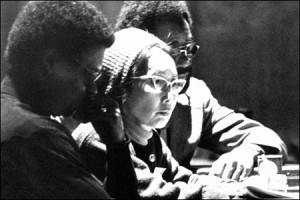
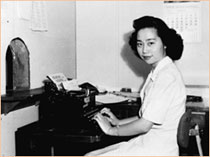 Mitsuye Endo
Mitsuye Endo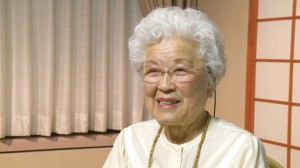
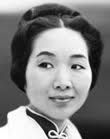 Michi Nishiura Weglyn
Michi Nishiura Weglyn